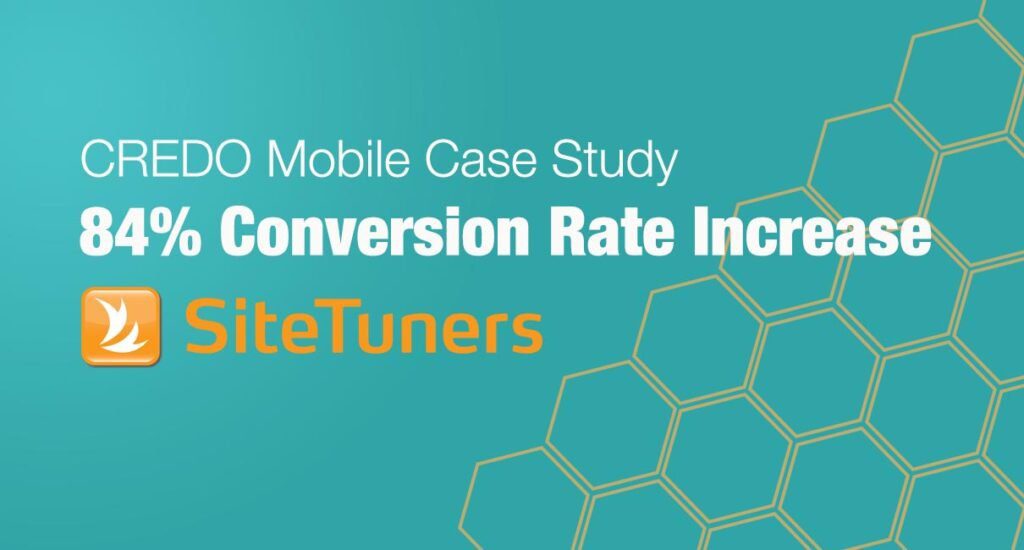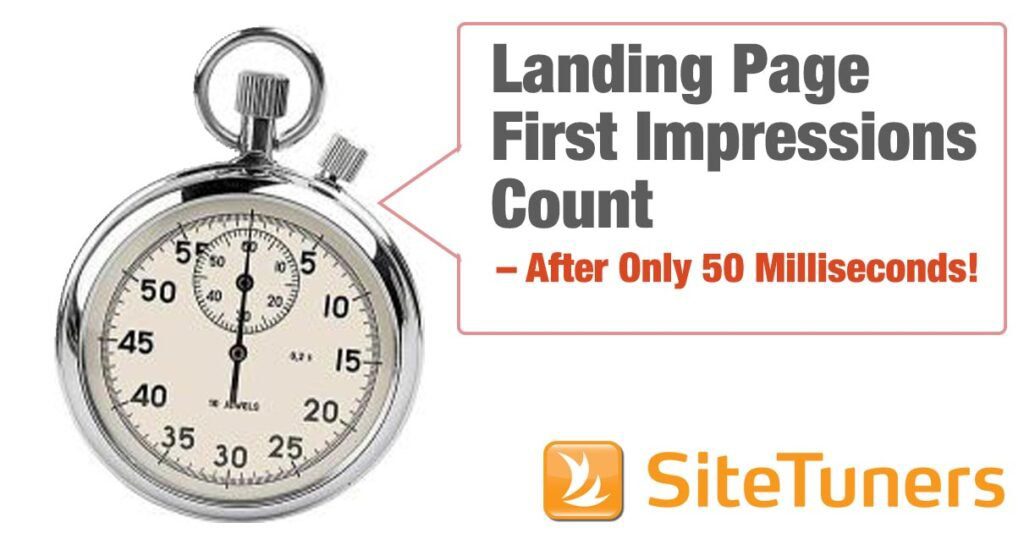How to Create Personalized Shopping Experiences That Actually Convert
Do you know that feeling when a website knows a little too much about you?
That’s the creepy factor in action. And it’s killing conversions faster than a slow-loading checkout page.
Here’s the thing about e-commerce personalization: it can have a serious impact on your conversion rates if done correctly.
But most companies and websites we see get it wrong.
They either go overboard with complex one-to-one personalization that requires massive budgets, or they avoid it altogether because they think it’s too complicated.
The reality?
The less complicated you can make personalization, the better.
After working with over 2,100 clients and generating over 1 BILLION dollars for them, I’ve learned that effective e-commerce personalization isn’t about being sophisticated…
It’s about being helpful.
It’s the difference between feeling like you have a personal shopping assistant and feeling like you’re being stalked by a robot.
The Simple Personalization Approach That Actually Works
The biggest mistake I see businesses make is trying to implement massive personalization systems right out of the gate.
They think they need to be Amazon or Apple on day one.
Don’t do that.
But here’s what actually works: simple personalizations that any company, no matter the size, can implement.
The simplest personalization out there that most people don’t do? Treat new versus returning visitors differently.
Think about it.
A first-time visitor to your site has completely different needs than someone who’s been browsing your products for weeks. Yet most websites show them identical experiences.
Your returning visitors don’t need to see your brand story again. They don’t need the full product education.
They’ve already built some trust with you. Show them what’s new, their recently viewed items, or pick up where they left off.
Your new visitors? They need trust signals, clear value propositions, and help understanding what you’re all about.
They need that phone number in the top right of the header because, as we’ve tested time and again, the phone number is the largest trust symbol on the face of the planet.
This isn’t rocket science.
Check out this blog on how we helped one e-commerce client increase conversions by 277%
Location-Based Messaging That Works (Without Being Weird)
One of the other most effective personalization tactics I’ve seen work really well, especially on the e-commerce side, is knowing where people are physically located.
Be it city or state, use that messaging on your website and in your ads.
If you’re targeting different states or different cities with your ads, and you can match that ad to say “free shipping to Oklahoma,” and then they hit the landing page with messaging at the top that says “free shipping to Oklahoma” — that actually has a real-world effect on conversion rates.
People make a connection between those two things. They feel like, “Wow, this is a little creepy, but they know where I’m at.”
It’s not over-creepy, but enough to have an impact.
For example, people from Texas take pride in being from Texas. If you put a Texas flag on your landing page and they land on it, it makes them happy.
This works because it creates relevance without being invasive.
You’re not saying, “Hey, John from Dallas, who looked at red shoes yesterday.” You’re just acknowledging their location in a way that feels natural and helpful.
The key is keeping it simple and state-level, not getting granular to the point where it feels like surveillance.
By fine-tuning the messaging on Overland’s homepage, we increased their revenue by 14%
New vs. Returning Visitor Personalization: The Win Everyone Misses
This is where most e-commerce sites leave money behind.
As we mentioned above, the new versus returning visitor distinction is so simple yet incredibly powerful.
For returning visitors, implement something like Amazon’s “recently viewed items” section.
This works really well because it helps people pick up where they left off. They don’t have to remember what they were looking at or dig through their browser history.
But here’s where it gets interesting — and where Amazon sometimes fails in shared households.
When your wife and daughters all use the same account and you’re trying to buy them gifts, that “recently viewed” section becomes a nightmare.
Your Amazon account starts looking like you’re all over the place — makeup, power tools, hunting gear, and house decorations all mixed together.
The takeaway? If you implement recently viewed items, consider letting users clear their history or browse privately when needed.
Behavioral Triggers Without the Stalker Vibe
The key to behavioral triggers is timing and relevance, not creepiness.
Exit-Intent Personalization: When someone is about to leave your site, that’s a natural time to offer assistance. Instead of just throwing up a generic “Wait! 10% off!” pop-up, personalize it based on what they’ve been looking at.
If they spend time on product pages but don’t add anything to the cart, offer to answer their questions. If they added items but didn’t check out, address common purchase hesitations.
Time-Based Triggers: Someone who has been on your site for 10 minutes has different needs than someone who has just arrived.
After they’ve spent some time browsing, it’s natural to offer assistance. This could be a chat pop-up, a product recommendation, or even just highlighting your best-selling items in their category of interest.
Category-Based Personalization: If someone is browsing men’s shoes, it’s perfectly reasonable to show them more men’s shoes or complementary products, such as belts or socks. This isn’t creepy—it’s helpful.
The line between helpful and creepy is often determined by timing and context.
For example, a pop-up asking for information the second they land on your website is not good.
Good personalization feels like excellent customer service.
Bad personalization feels like being followed around the store by an overly aggressive salesperson.
Check out how we helped Beville’s build more trust on their site and increase sales by 30%.
Trust-Building Through Smart Personalization
Personalization should enhance trust, not erode it.
Here’s how to use personalization to build credibility:
Social Proof Personalization: Instead of showing generic testimonials, show reviews from customers in their state or industry. “Here’s what another business owner in Texas said about us.” This combines the power of social proof with location-based relevance.
Trust Signal Timing: For new visitors, lead with trust signals immediately. For returning visitors, you can focus more on product recommendations since they’ve already established some trust with your brand.
Transparent Personalization: Sometimes, it helps to explain why you’re showing certain content. “Based on your location, here are our most popular products in Texas” feels more transparent than just showing different products without explanation.
Remember, people need to feel like your personalization is helping them, not manipulating them.
Technical Implementation Made Simple
You don’t need a million-dollar budget to implement effective e-commerce personalization.
Here’s what actually works:
Shopify Built-in Tools: Shopify has some built-in plugins that can help with basic personalization. These are often sufficient for most small to medium businesses.
A/B Testing Platforms: Many A/B testing platforms have personalization settings. These can be great starting points for implementing simple location-based or visitor-type personalization.
IP-Based Location Detection: This is one of the simplest and most effective personalization tools. You can easily detect someone’s general location and customize messaging accordingly.
Customer Account Integration: If someone’s logged in, use their purchase history and preferences to customize their experience. This is opt-in personalization that people expect and appreciate.
The key is starting simple and building from there.
Don’t try to implement everything at once.
Common Personalization Mistakes That Kill Conversions
After auditing hundreds of e-commerce sites, here are the personalization mistakes I see over and over:
Over-Personalization: Trying to personalize every element on the page. This often feels overwhelming and unnatural. Pick 2-3 key areas to personalize well, rather than trying to customize everything.
Creepy Accuracy: Being too specific about what you know. “Hi, John from 123 Main Street” is creepy. “Free shipping to Dallas” is a helpful feature.
Ignoring Privacy Concerns: Not explaining how you’re using customer data or making it difficult to opt out of personalization.
Poor Data Quality: Using outdated or incorrect information for personalization. Nothing destroys trust faster than calling someone by the wrong name or showing them products for the wrong gender.
Forgetting Mobile: Implementing personalization that works great on desktop but breaks on mobile. Since most e-commerce traffic is mobile, this is a conversion killer.
No Fallback Options: Not having a default experience when personalization data isn’t available. Always have a solid non-personalized experience as your baseline.
Getting Started Without Overwhelming Your Team
The biggest barrier to implementing e-commerce personalization isn’t technical— it’s organizational.
Here’s how to start without overwhelming your team:
Start with New vs. Returning Visitors: This is the easiest win and requires minimal technical implementation.
Add Location-Based Messaging: If you’re already running location-targeted ads, extend that messaging to your landing pages.
Implement Recently Viewed Items: This is standard e-commerce functionality that most platforms support out of the box.
Test One Element at a Time: Don’t try to personalize everything simultaneously. Pick one area, test it, measure results, and then move to the next.
Set Clear Guidelines: Establish rules about what level of personalization feels appropriate for your brand and customer base.
Remember, the goal isn’t to be the most personalized site on the internet.
It’s to create an experience that helps your customers find what they need and feel confident about purchasing from you.
Effective e-commerce personalization isn’t about showing off how much data you have — it’s about making each visitor feel like you understand their needs and can help them solve their problems.


